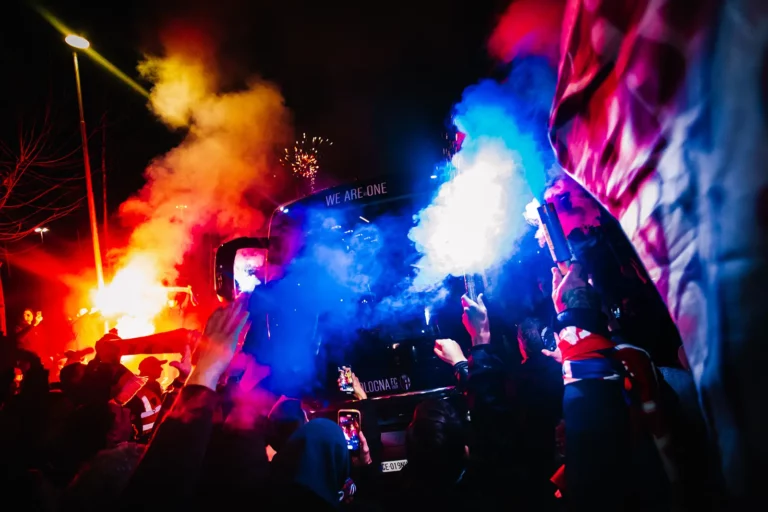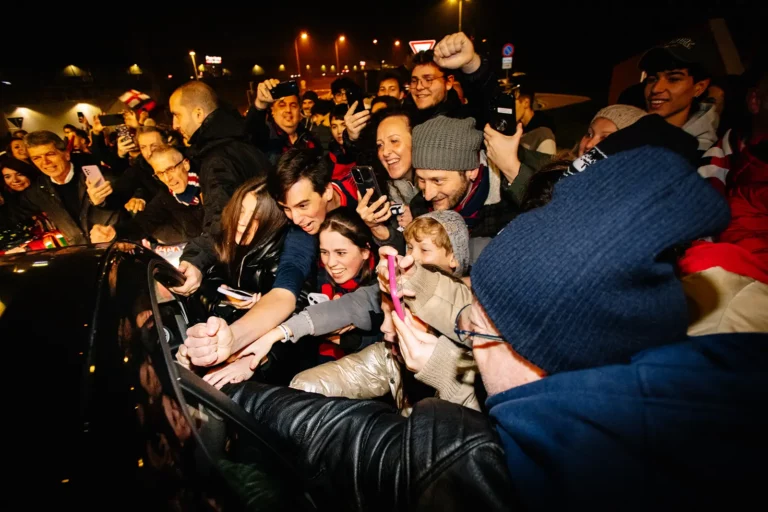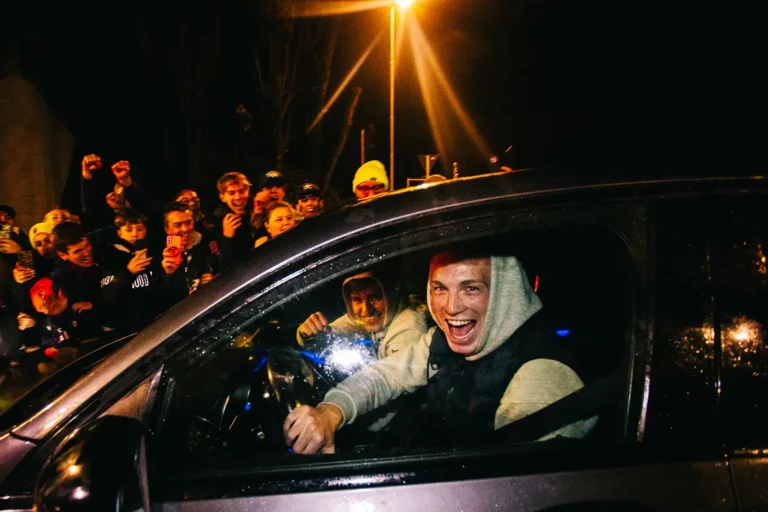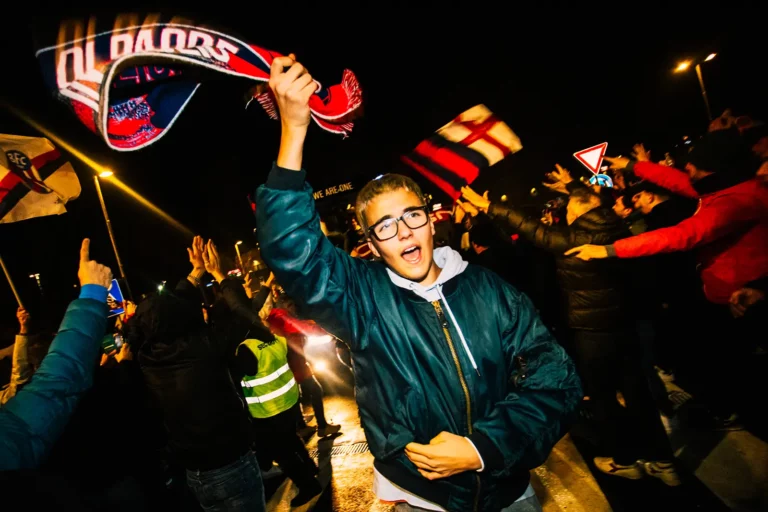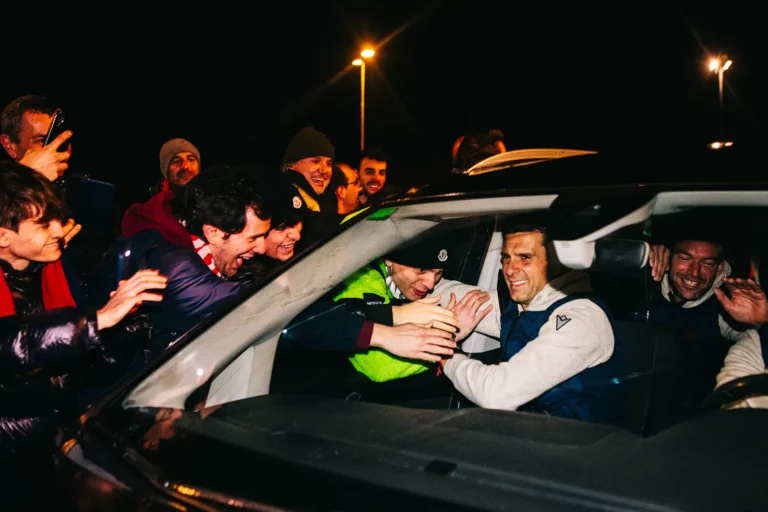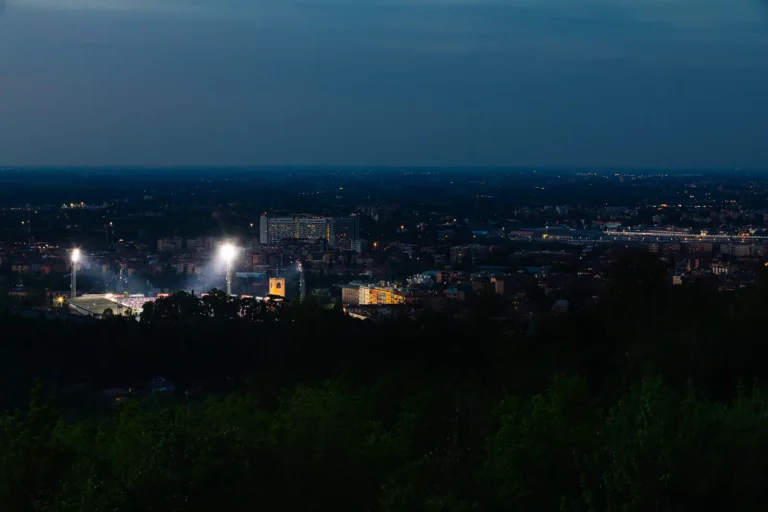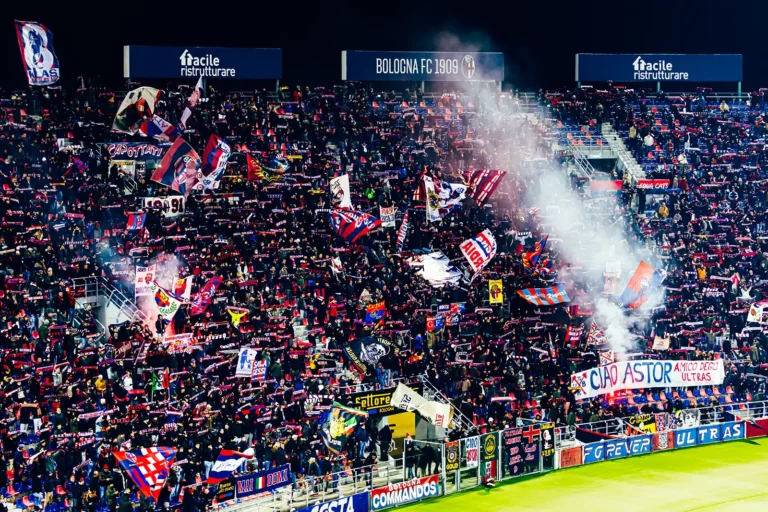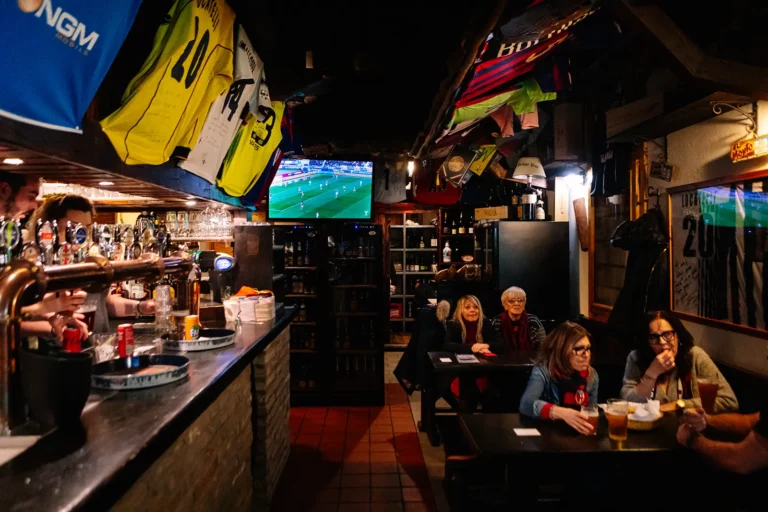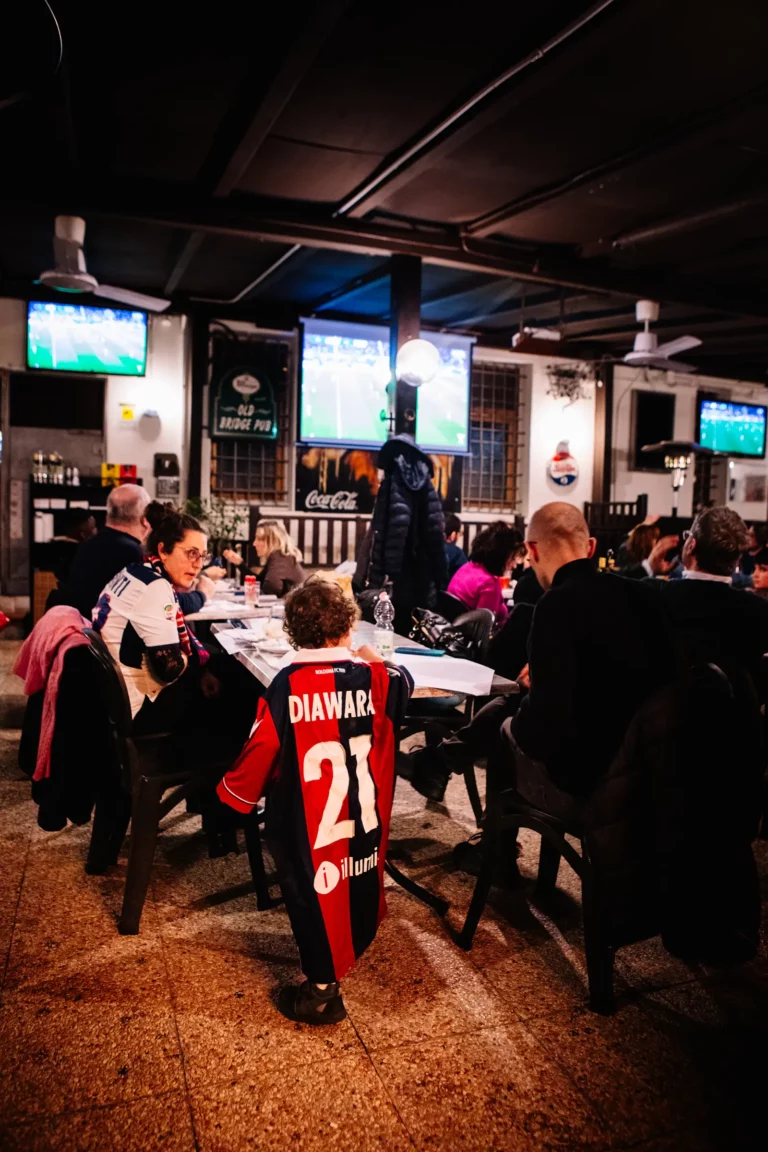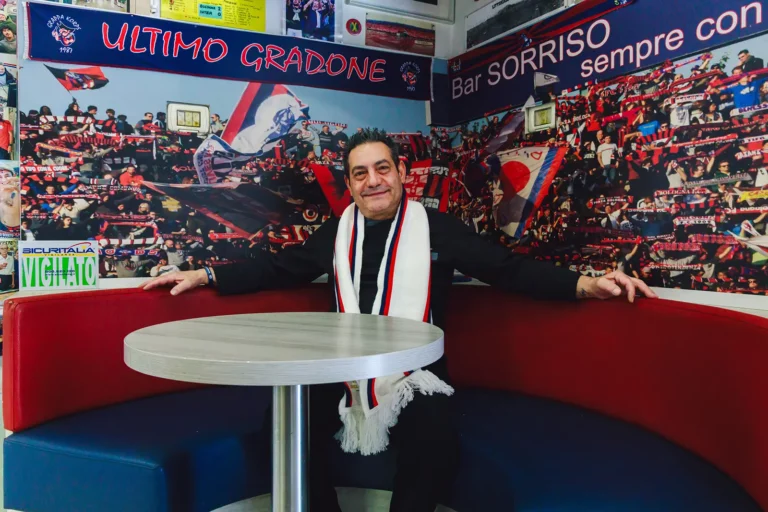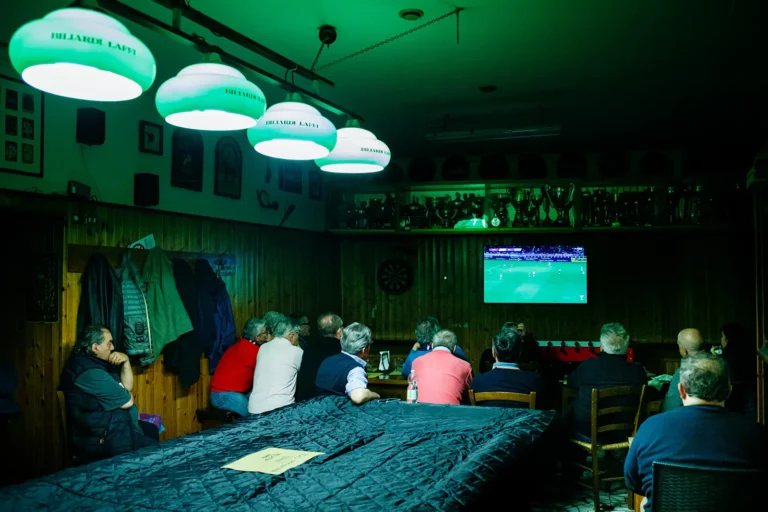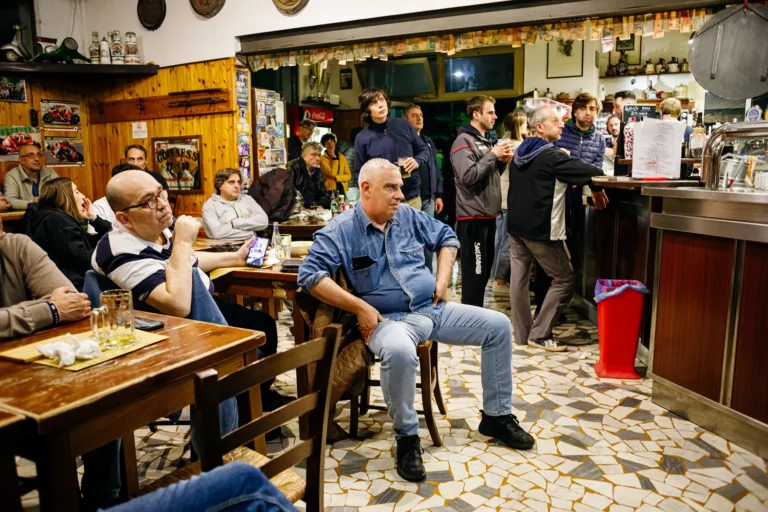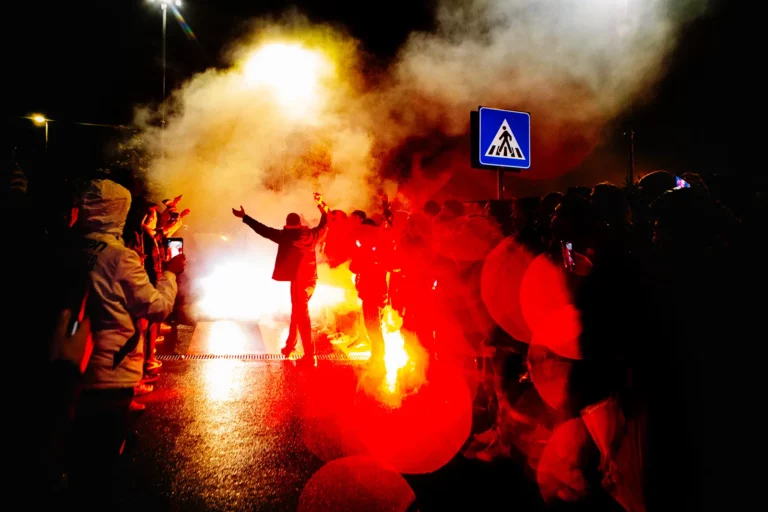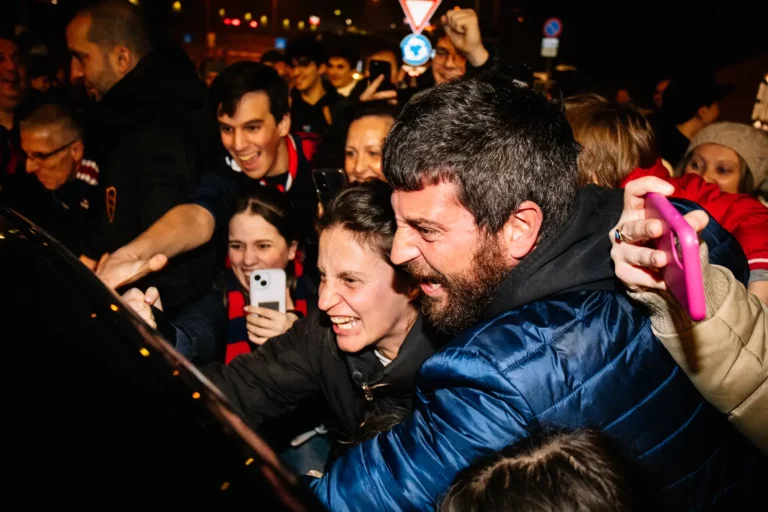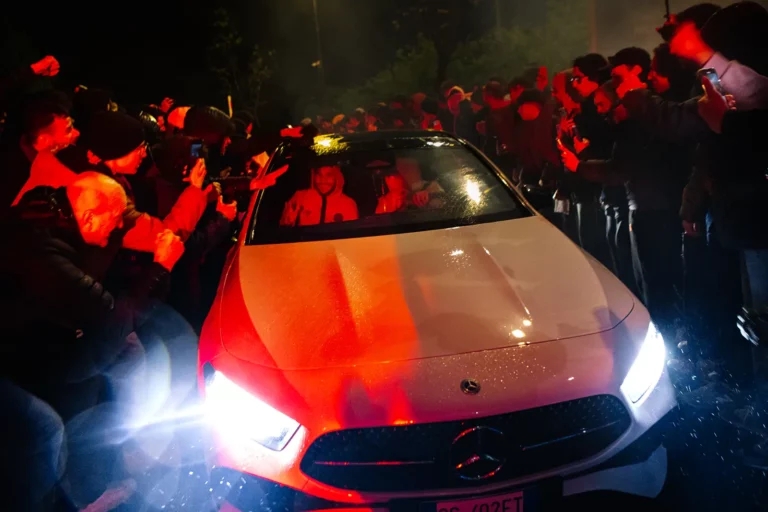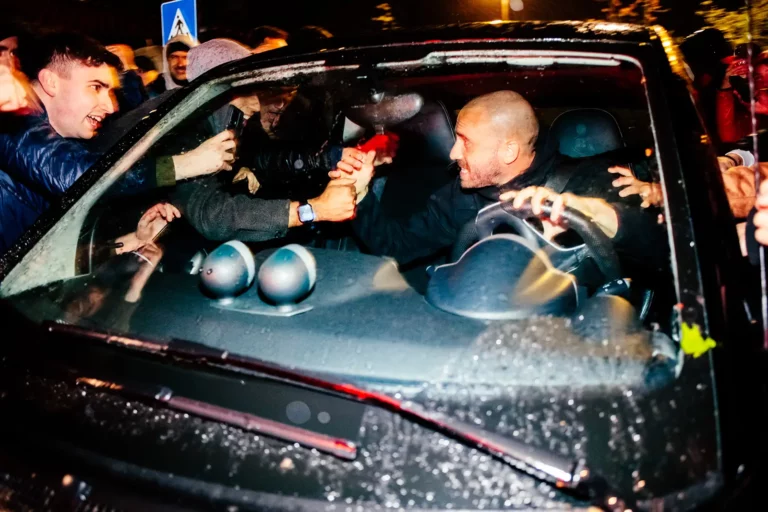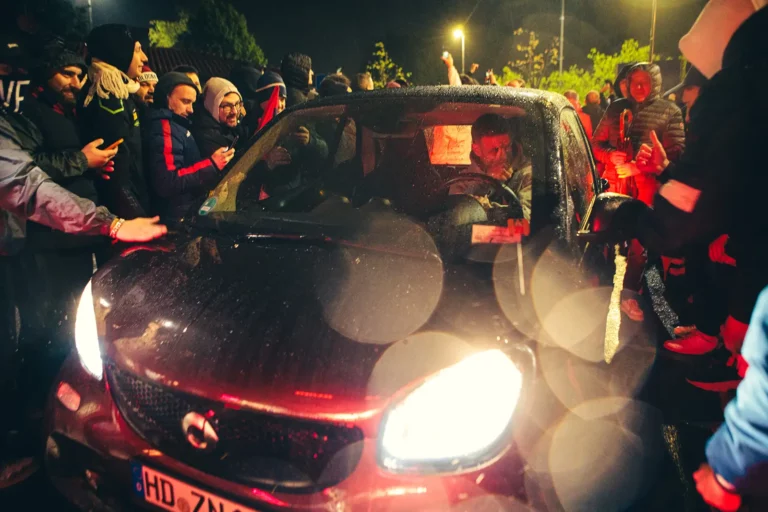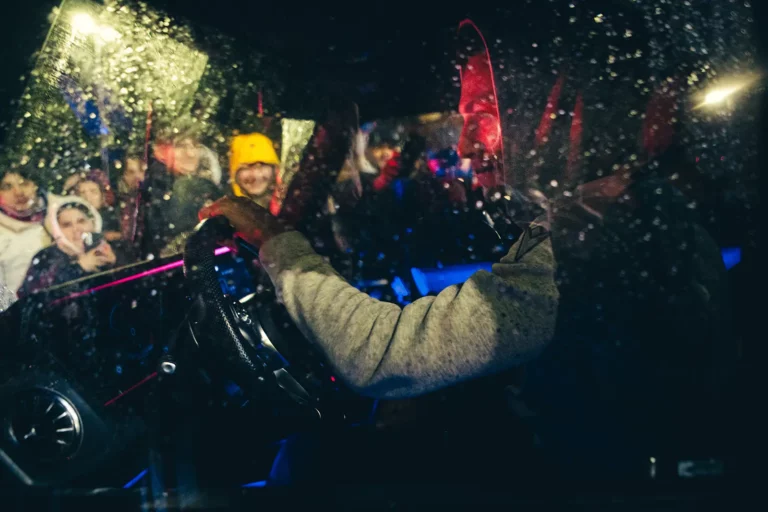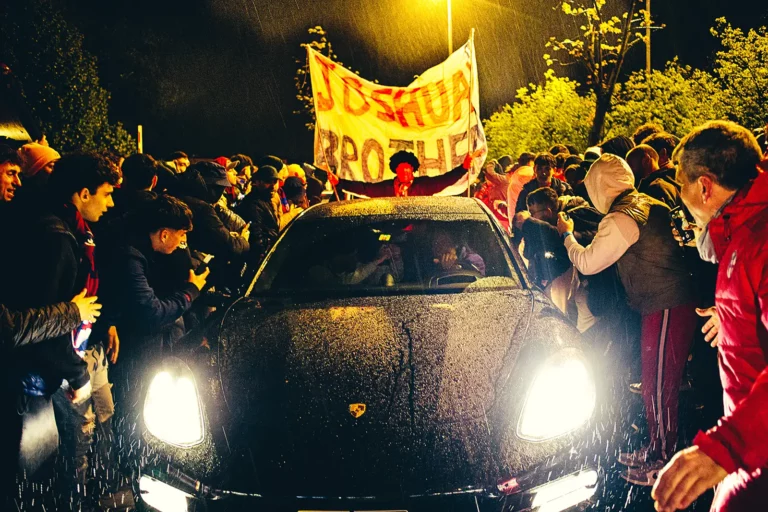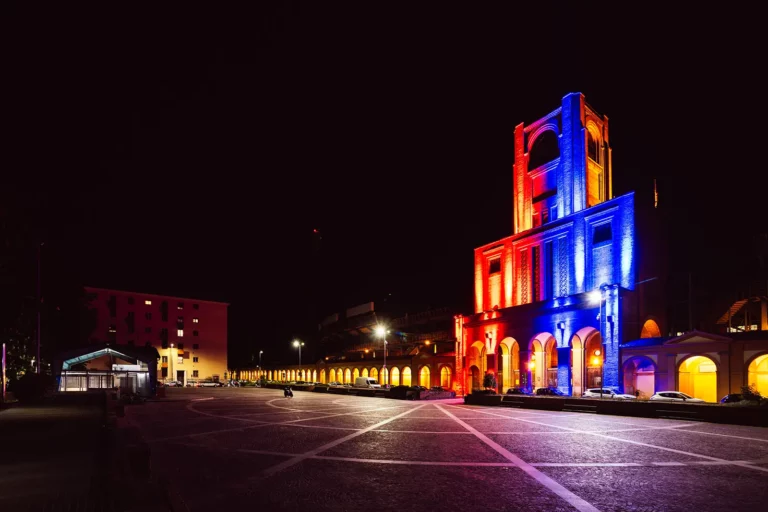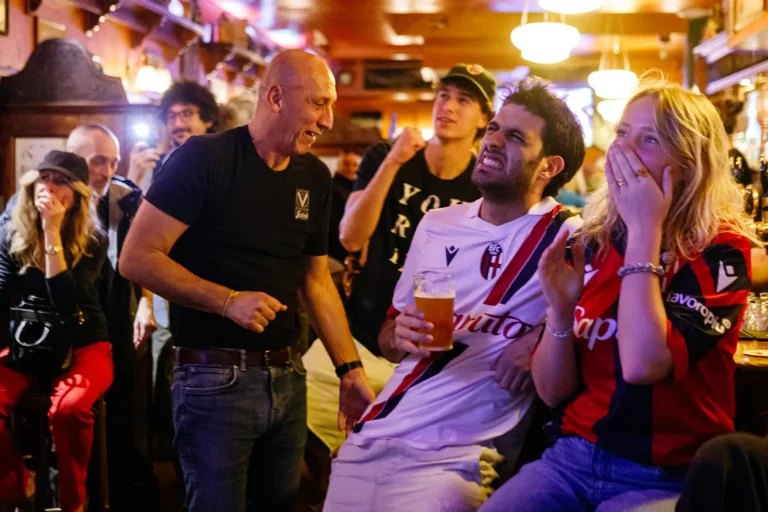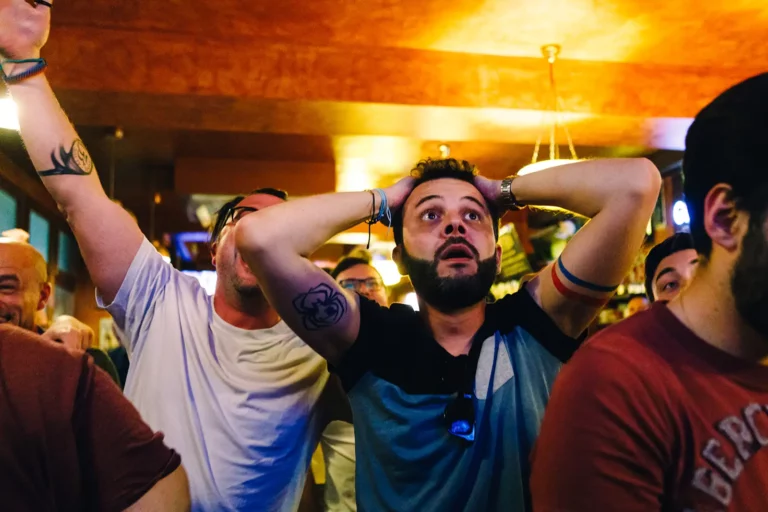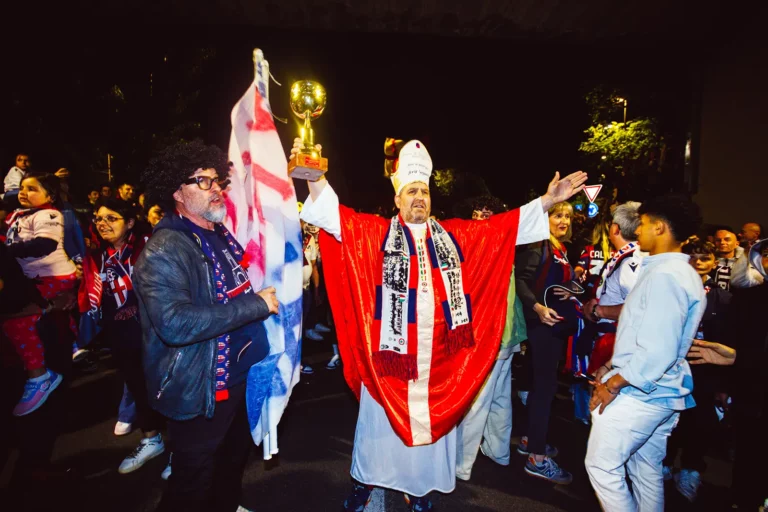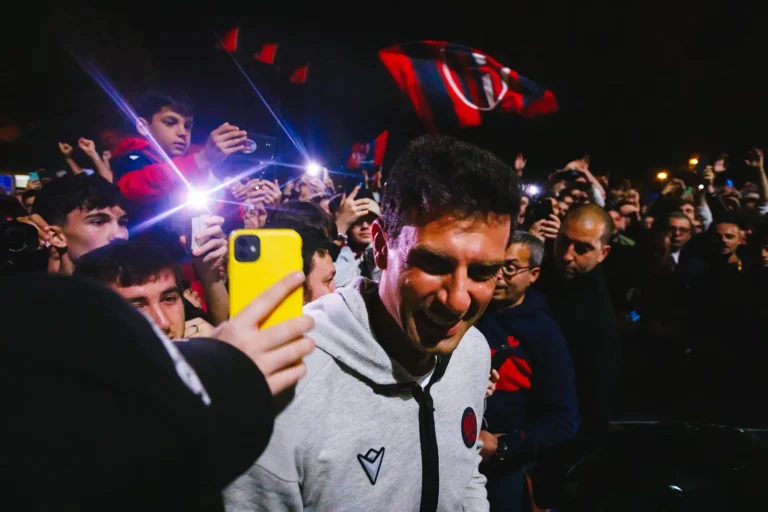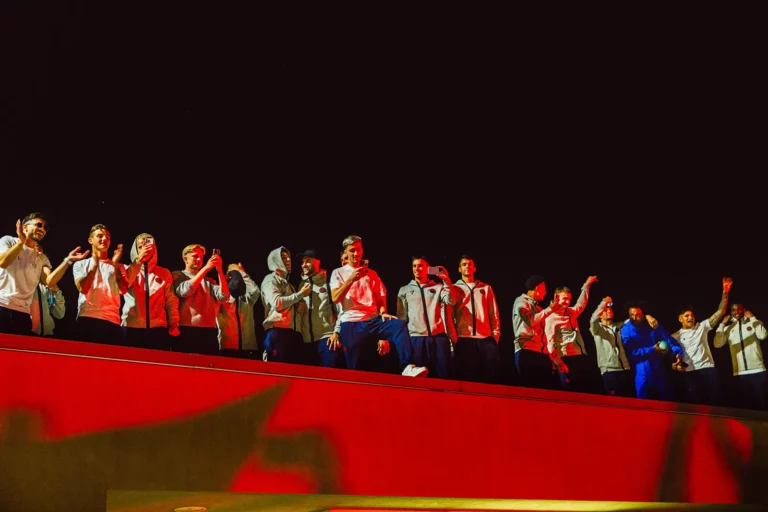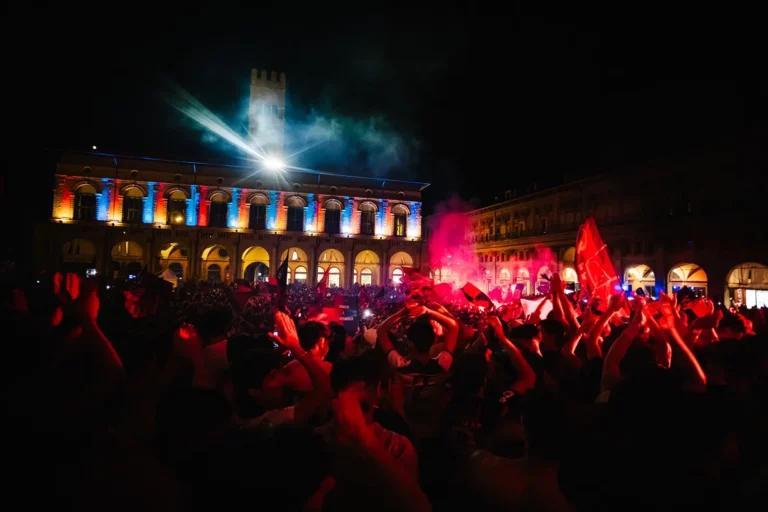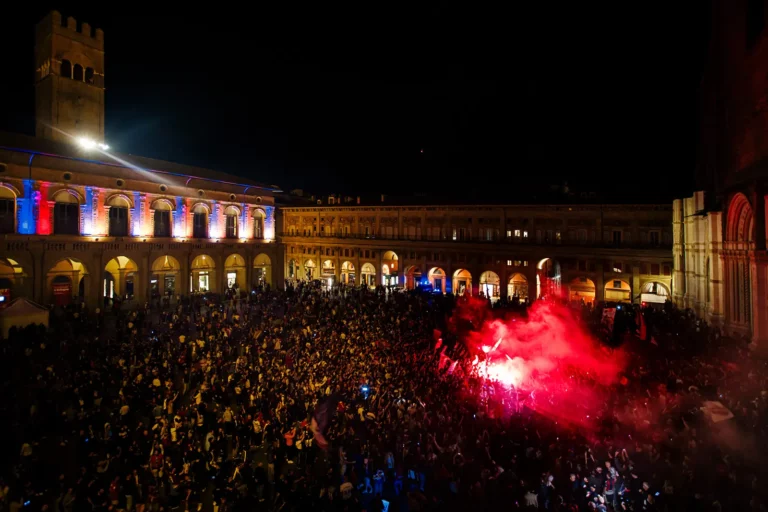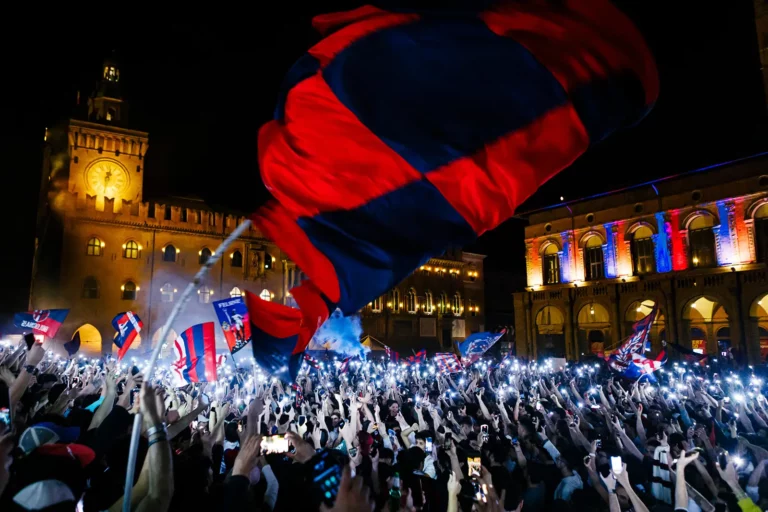2024
The night of miracles
Bologna FC qualified for the Champions League after 60 years
Bologna FC is back in the Champions League after 60 years.
Sixty years have passed since the city of Bologna, long renowned for its basketball prowess and academic tradition, last witnessed its football team compete in Europe’s most prestigious tournament. The previous appearance came in 1964, when the competition was still called the European Champion Clubs’ Cup. That season, Bologna had just clinched its seventh and last Scudetto—the only one ever decided by a Serie A play-off—by defeating the mighty Inter side of Helenio Herrera and Giacinto Facchetti.
Yet, what seemed like the start of a glorious European chapter ended abruptly. In the first round, Bologna faced Belgium’s Anderlecht. After two tightly contested legs, the tie remained deadlocked, leading to a play-off at Barcelona’s Camp Nou. The winner was determined by a coin toss—a cruel and archaic method by today’s standards. In a bizarre twist of fate, the 25 pesetas coin thrown by the referee bore the image of Francisco Franco, and landed on the side picked by the Belgians. Bologna was out. The dream, silenced by metal and chance.
The decades that followed were a long, meandering odyssey of decline, revival, and heartbreak. A Coppa Italia in 1974 brought some joy, and in 1998 the club lifted the Intertoto Cup, earning a brief return to European nights. But in between came relegations, financial crises, and even a drop to Serie C1—a nightmare for a club that had once been one of Italy’s giants. Founded in 1909, Bologna had claimed six league titles by 1941. In 1937, they famously beat Chelsea in the final of the International Tournament at the Universal Expo in Paris, becoming the first Italian team to defeat an English club. That victory earned them the nickname “the team that makes the world tremble,” guided by the brilliant Hungarian coach Árpád Weisz, who would later be deported and perish in Auschwitz in January 1944.
Fast-forward to 2024. The city is erupting with joy. Cafés echo with chants, streets are draped in red and blue, and the medieval towers tremble once again—but this time with celebration. Bologna FC has secured a place in the Champions League. Not through a lucky break, but through consistent, intelligent football under the guidance of Thiago Motta. The young coach has transformed the team into a modern, disciplined, and fearless unit. Backed by president Joey Saputo—an Italian-Canadian entrepreneur and philanthropist—the club has finally built a structure worthy of its history.
But this success is not just about tactics or management. It’s about the people. The city’s heartbeat has always been its fans—faithful, vocal, and fiercely loyal. Through snow and relegation, through silent years and false dawns, they stood by their club. Now, their unwavering support has been rewarded.
The photojournalistic project tells the story of Bologna’s return to the Champions League not through the words of journalists, but through the eyes and gestures of those who lived every moment. The fans waiting outside the stadium late at night, under the rain, for the team’s return from decisive away matches. The red and blue scarves pulled out of old drawers, worn like emblems of pride. The streets walked together, like a lay pilgrimage. A city embracing itself, recognizing itself, rediscovering itself through its colors.
Each image captures a fragment of this dream coming true. It’s not just a sports achievement, but a collective redemption. Bologna is a city with a deep and enduring memory, and today that memory finds new strength. The Champions League is not merely a goal—it’s the sign of a new era, of an identity reborn.
The fireworks outside the Casteldebole training center marked the beginning of the celebration. But it was in Piazza Maggiore, overflowing with people, that the emotional climax took place: a sea of lit-up faces, red smoke flares coloring the night, chants echoing under the historic arcades. A collective embrace wrapped around the entire city.
For some, it was justice. For others, pure magic. For everyone, a memory to keep. Not just in statistics or headlines, but in the eyes, the faces, and the steps of those who were there.
It truly was the night of miracles.
